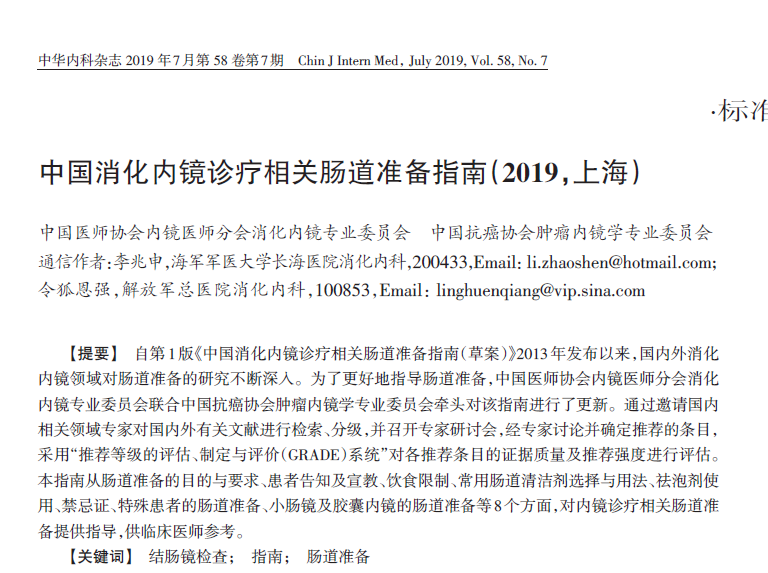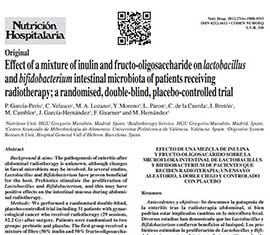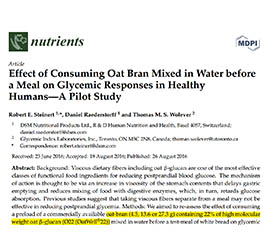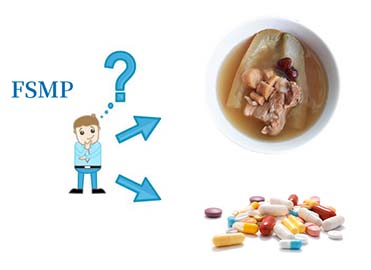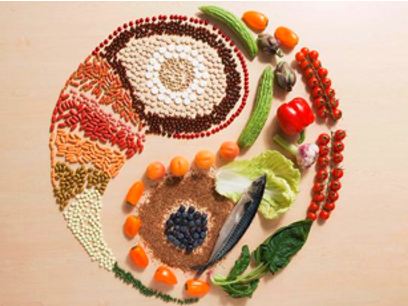燕麦等健康谷物葡聚糖可以降低血液胆固醇水平,对心脏有益
.jpg)
2016年12月,《美国实验生物学会联盟杂志》正式发表澳大利亚昆士兰大学、阿德莱德大学、墨尔本大学、比利时根特大学的研究报告,发现燕麦等健康谷物中的β葡聚糖可以减少血液胆固醇含量,从而降低心脏病的风险。该发现有助于提高包括小麦在内谷物的抗胆固醇作用,可以帮助减少心脏病并提高营养安全。
该研究揭示了关于β葡聚糖的新功能,β葡聚糖是一些植物(尤其是谷物)细胞壁天然存在的健康可溶纤维。燕麦中的β葡聚糖会降低血液中的胆固醇。
既往研究认为人体利用胆固醇制造胆汁是β葡聚糖降低血液胆固醇的机制之一,因为β葡聚糖可以分解胆汁并防止其在小肠吸收。
本研究使用猪建立模型,揭示了燕麦中的β葡聚糖实际上减少了循环胆汁酸,限制其扩散穿过肠上皮。这意味着脂肪不会被迅速或完全消化,脂肪吸收较少或较慢是血液胆固醇降低的重要因素。
了解β葡聚糖如何对胆固醇水平产生积极影响,将有助于确定植物细胞壁中可能具有类似作用的其他纤维。
FASEB J. 2016 Dec;30(12):4227-4238.
Reduction in circulating bile acid and restricted diffusion across the intestinal epithelium are associated with a decrease in blood cholesterol in the presence of oat β-glucan.
Gunness P, Michiels J, Vanhaecke L, De Smet S, Kravchuk O, Van de Meene A, Gidley MJ.
The University of Queensland, Brisbane, Queensland, Australia; Ghent University, Ghent, Belgium; Ghent University, Melle, Belgium; Ghent University, Merelbeke, Belgium; The University of Adelaide, Glen Osmond, South Australia, Australia; The University of Melbourne, Parkville, Victoria, Australia.
Although oat (1,3:1,4)-β-glucan (BG) has been shown to decrease blood cholesterol in intervention trials, the detailed mechanism is not yet defined, but restricted reabsorption of bile acids (BAs) has been hypothesized. Using pigs as a model for humans we demonstrated that, compared to the control, BG added to the diet for 26 d caused decreases of 24% in blood total BAs (TBAs), 34% in total cholesterol (TC), and 57% in LDL cholesterol (LDL-C) (P < 0.01); decreases of 20% TBA in the midjejunum and terminal ileum (P < 0.01); increases of 80% in cecal total neutral sterols (TNSs) including cholesterol (P < 0.01); a 50% reduction in BA active transport across ex vivo ileum after 40 min (P < 0.001); and 32% decrease in jejunal microvillus heights with apparent increased goblet cell activity. The results suggest that BG not only physically hinders the active reabsorption of BAs and uptake of cholesterol, but also changes the BAs profile with lower circulating levels without excess excretion in the feces, thus resulting in reduced blood TC and LDL-C. Fermentation of sterols reaching the colon enhanced production of therapeutic ursodeoxycholic acid, suppressed toxic lithocholic acid, and decreased the possibility of cholesterol absorption by transforming the latter into coprostanol, a nonabsorbable NS.
KEYWORDS: Ussing chamber; deoxycholic acid; microscopy; nonstarch polysaccharides; soluble dietary fiber
PMID: 27630168
DOI: 10.1096/fj.201600465R

